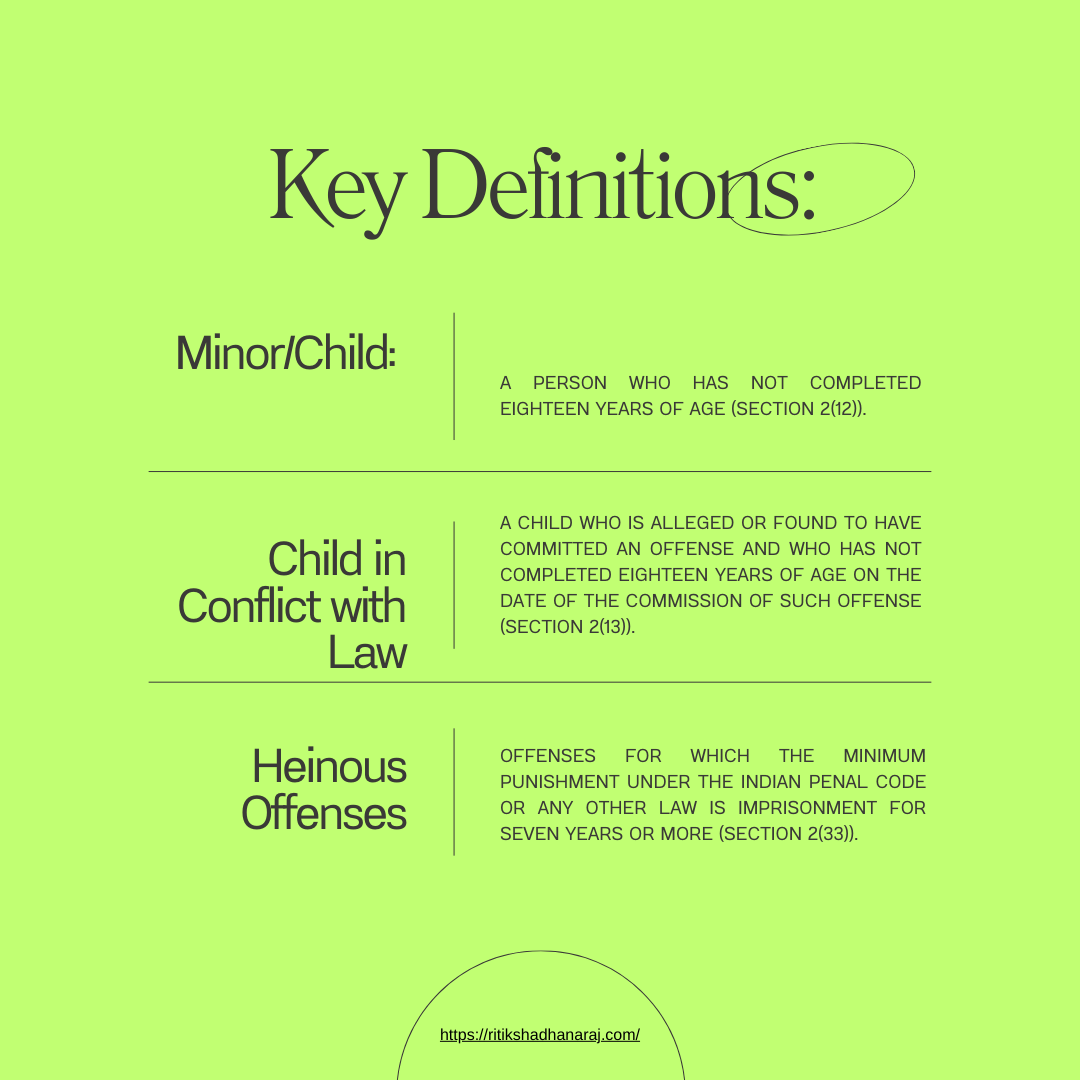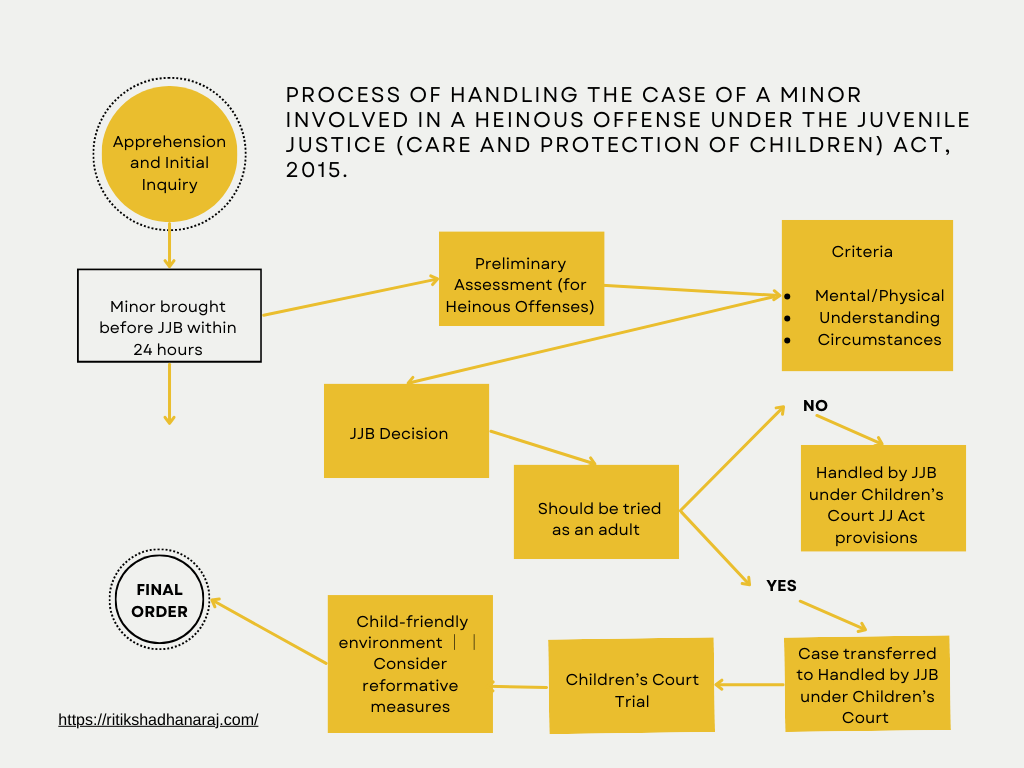The Pune Porsche car crash case has captured national attention due to the tragic circumstances and the involvement of a minor. On the night of May 19, 2024, a 17-year-old boy, allegedly driving a Porsche at nearly 200 km/h, crashed into a motorcycle, instantly killing two young IT professionals, Aneesh Awadhiya and Ashwini Koshta. The incident occurred in Pune’s upscale Kalyani Nagar area, and the minor was reportedly under the influence of alcohol at the time of the crash.
The initial response to the crash was swift yet controversial. Within 15 hours, the Juvenile Justice Board (JJB) granted bail to the minor, under conditions including writing a 300-word essay on road accidents and assisting the traffic police. This decision sparked a massive public outcry and intense media scrutiny. Consequently, the JJB reviewed and revoked the minor’s bail, remanding him to a juvenile home. The case has since evolved, with the Pune Police seeking to try the minor as an adult due to the heinous nature of the offense.
Timeline of Key Events
| Date | Event |
|---|---|
| May 19, 2024 | The 17-year-old boy crashes his Porsche into a motorcycle, killing two IT professionals. |
| May 19, 2024 | Juvenile Justice Board grants bail to the minor under controversial conditions. |
| May 21, 2024 | Public outrage leads to the minor’s bail being revoked and his remand to a juvenile home. |
| May 22, 2024 | Police file for the minor to be tried as an adult; the decision is pending. |
| May 23, 2024 | The minor’s father and pub employees arrested for their roles in enabling the underage drinking. |

Legal Concepts Related to the Case
The following table outlines the key legal provisions and their applicability to the case:
| Legal Provision | Section | Applicability |
|---|---|---|
| Indian Penal Code (IPC) | ||
| Culpable Homicide Not Amounting to Murder | Section 304 | Charged for causing the deaths through reckless driving. |
| Causing Death by Negligence | Section 304A | Applicable due to negligent and rash driving causing fatalities. |
| Rash Driving or Riding on a Public Way | Section 279 | Applicable due to high-speed driving on public roads. |
| Causing Grievous Hurt | Section 338 | Applicable if injuries are proven severe. |
| Motor Vehicles Act (MVA), 1988 | ||
| Driving by a Drunken Person or Under Influence | Section 185 | Applicable due to driving under the influence of alcohol. |
| Driving Without a License | Section 181 | Minor driving without a valid license. |
| Juvenile Justice (Care and Protection of Children) Act, 2015 | ||
| Preliminary Assessment for Heinous Offences | Section 15 | To determine if the minor should be tried as an adult. |
| Orders Regarding Child Found in Conflict with Law | Section 18 | Guidelines for handling minors found in conflict with the law. |
| Powers of the Juvenile Justice Board | Section 19 | Authority to transfer cases to Children’s Court. |
| Punishment for Cruelty to Child | Section 75 | Against the father for allowing the minor to drive. |
| Penalty for Giving Intoxicating Liquor to a Child | Section 77 | Against the pub employees for serving alcohol to the minor. |
| Confidentiality and Disclosure of Identity | Section 74 | Prohibits disclosure of the minor’s identity. |

Important Sections of the Juvenile Justice (Care and Protection of Children) Act, 2015 Relevant to the Case
Objective of the Juvenile Justice (Care and Protection of Children) Act, 2015
The Juvenile Justice (Care and Protection of Children) Act, 2015, aims to provide care, protection, development, treatment, and social re-integration of children in conflict with law and children in need of care and protection. It emphasizes adopting a child-friendly approach in the adjudication and disposal of matters in the best interest of children.

Preliminary Assessment for Heinous Offences (Section 15)
For children above the age of sixteen who are alleged to have committed heinous offences, the Juvenile Justice Board (JJB) conducts a preliminary assessment regarding the child’s mental and physical capacity to commit the offence, the ability to understand its consequences, and the circumstances in which it was committed. Based on this assessment, the JJB may decide whether the child should be tried as an adult.
Trial as an Adult (Section 19)
If the JJB decides after the preliminary assessment that the child should be tried as an adult, the case is transferred to the Children’s Court, which has the jurisdiction to try such offences. The Children’s Court ensures a child-friendly atmosphere during the trial and may include reformative measures as part of the final order.
Confidentiality and Disclosure of Identity (Section 74)
The identity of a child in conflict with law should not be disclosed to the media or the public. Publishing the name, address, school, or any other information that can lead to the identification of the child is prohibited.
Handling Cases Involving Children in Conflict with Law
- Apprehension: When a child alleged to be in conflict with law is apprehended, they must be placed under the charge of the special juvenile police unit or designated child welfare police officer and produced before the JJB within 24 hours (excluding travel time) (Section 10).
- Bail: A child alleged to be in conflict with law can be released on bail with or without surety unless there are reasonable grounds to believe that their release will bring them into association with known criminals or expose them to moral, physical, or psychological danger (Section 12).
- Inquiry: The JJB conducts an inquiry in a child-friendly manner, ensuring the child’s rights are protected throughout the process (Section 14).
Reference to the Nirbhaya Case
The Juvenile Justice Act, 2015, was amended in the wake of the Nirbhaya case, where one of the offenders was a juvenile. The amendment allowed for juveniles aged 16-18 to be tried as adults if involved in heinous crimes.
Conditions for Trying a Minor as an Adult
- Age and Nature of Offence: The child must be above sixteen years of age and must have committed a heinous offence.
- Preliminary Assessment: The JJB conducts an assessment to determine the child’s capacity and understanding of the offence.
- Transfer to Children’s Court: Based on the assessment, the JJB may transfer the case to the Children’s Court for trial as an adult.
Acts and Sections Involved in the Pune Porsche Car Crash Case
| Legal Provision | Section | Applicability |
|---|---|---|
| Indian Penal Code (IPC) | Section 304: Culpable Homicide | Charged for causing the deaths through reckless driving. |
| Section 304A: Causing Death by Negligence | Applicable due to negligent and rash driving causing fatalities. | |
| Section 279: Rash Driving or Riding on a Public Way | Applicable due to high-speed driving on public roads. | |
| Motor Vehicles Act (MVA), 1988 | Section 185: Driving by a Drunken Person or Under Influence | Applicable due to driving under the influence of alcohol. |
| Section 181: Driving Without a License | Minor driving without a valid license. | |
| Juvenile Justice (Care and Protection of Children) Act, 2015 | Section 15: Preliminary Assessment for Heinous Offences | To determine if the minor should be tried as an adult. |
| Section 18: Orders Regarding Child Found in Conflict with Law | Guidelines for handling minors found in conflict with the law. | |
| Section 19: Powers of the Juvenile Justice Board | Authority to transfer cases to Children’s Court. | |
| Section 75: Punishment for Cruelty to Child | Against the father for allowing the minor to drive. | |
| Section 77: Penalty for Giving Intoxicating Liquor to a Child | Against the pub employees for serving alcohol to the minor. | |
| Section 74: Confidentiality and Disclosure of Identity | Prohibits disclosure of the minor’s identity. |
Important Sections of the Juvenile Justice (Care and Protection of Children) Act, 2015 Relevant to the Case
Objective of the Juvenile Justice (Care and Protection of Children) Act, 2015: The Juvenile Justice (Care and Protection of Children) Act, 2015, aims to provide care, protection, development, treatment, and social reintegration of children in conflict with the law and children in need of care and protection. It emphasizes adopting a child-friendly approach in the adjudication and disposal of matters in the best interest of children.
In this case, many words and concepts are repeated frequently. Understanding the relevant legal provisions can help clarify the case and the steps that will be taken in the future.


As this is a high-profile case, there will likely be many surprising twists and turns from the police inquiry to the final judgment. Amidst these developments, we hope the truth will be uncovered and justice will prevail, regardless of financial status and power.

